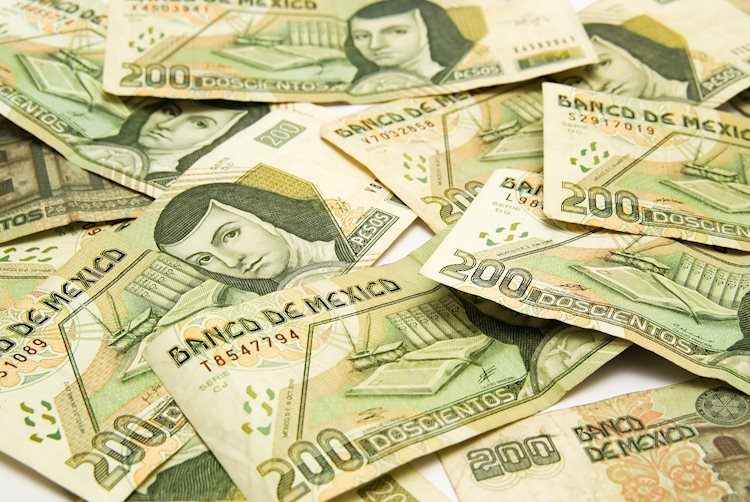The Mexican Peso has recently seen a decline to a weekly low of 18.81 against the US Dollar due to disappointing GDP data for the second quarter of 2024. The GDP growth of 0.2% quarter-on-quarter fell short of estimates of 0.4% and trailed the previous quarter’s 0.3% increase. This economic slowdown has raised the likelihood of a rate cut by the Bank of Mexico in their upcoming meeting on August 8.
The Instituto Nacional de Estadística Geografia e Informatica (INEGI) reported the weak GDP growth figures, showing a slowing economy that has prompted speculation of an interest rate cut by Banxico. The central bank had previously raised rates to 11.25% but made a small cut to 11.00% in March. Despite this, the latest inflation data has prevented further easing of policy. Economists anticipate that the recent GDP data will influence Banxico to gradually lower borrowing costs over future policy meetings.
The US Dollar has also been influenced by positive economic data, with the solid JOLTS report in the US indicating job openings exceeding estimates. This has contributed to the strength of the USD/MXN pair, which has reached seven-week highs at 18.73 after bouncing back from daily lows of 18.41. The Mexican Peso is facing pressure as the economy slows down, with traders closely monitoring Banxico’s upcoming decisions.
In addition to the disappointing GDP data, Mexico has also seen a trade deficit in June and strong US economic indicators. Mexican GDP for Q2 2024 grew 2.2% year-on-year, surpassing estimates and the previous quarter. The US JOLTS report showed job openings exceeding estimates but lower than the previous month. Consumer confidence in the US also exceeded expectations, leading to a stronger US Dollar and impacting the USD/MXN exchange rate.
Technical analysis of the USD/MXN pair indicates a potential continuation of the current trend, with the pair expected to test the year-to-date high of 18.99. Momentum indicators support further gains for the Greenback against the Mexican Peso. Resistance levels are identified at key levels such as 19.00 and 19.23, while support levels are set at 17.93 and 17.58. Traders will closely watch for any breakouts or reversals in the exchange rate.
The Bank of Mexico, Banxico, plays a crucial role in setting monetary policy to maintain low and stable inflation. The central bank uses interest rates as a tool to manage inflation levels, raising rates to combat high inflation and lowering them to stimulate economic growth. Banxico’s decisions are closely tied to the US Federal Reserve’s policies and economic indicators. The central bank meets eight times a year and often reacts to or anticipates decisions made by the Fed to maintain stability in the Mexican economy.
















